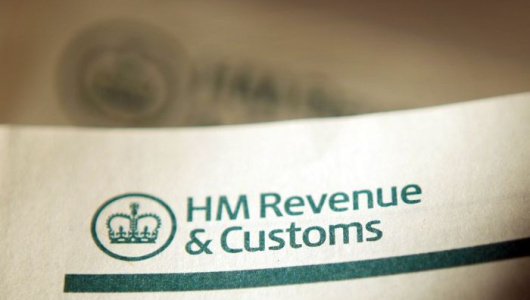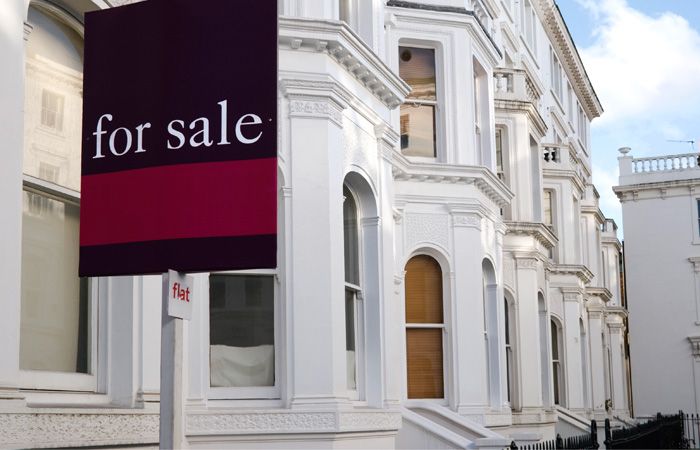 A total of 69,000 first-time buyers have claimed stamp duty tax relief, according to figures published by HMRC.
A total of 69,000 first-time buyers have claimed stamp duty tax relief, according to figures published by HMRC.
The total value of these savings was £159m, according to HMRC, with almost half of this relief being granted on property purchases in London and the South East.
HMRC says these figures were “broadly in line” with the Chancellor’s projections, which were announced in the Autumn Budget.
The average first-time buyer saved £2,300 on the purchase of their property. Not surprisingly the biggest savings were seen in London with first-time buyers in the capital saving an average of £4,300.
Northern Ireland has the lowest average savings, at £800.
In total, 19 per cent of all first-time buyer transactions were in the South East, and 13 per cent were in London.
The majority of these first-time buyer purchases were for properties priced under £300,000. However, in London, four out of 10 first-time buyers (42 per cent) using this relief were purchasing property priced between £300,000 and £500,000.
This is the first time that HMRC has included this information in its quarterly stamp duty report. These figures though cover the period from 22 November 2017 until the end of March 2018 – when this change was introduced.
The Chancellor abolished stamp duty for the majority of first-time buyers buying property up to the value of £300,000. Those buying property worth up to £500,000 pay a reduced rate.
HMRC’s data shows that there was a slowdown in housing transaction in the first quarter of this year.
Quarterly transaction fell from 333,5000 in the last quarter of 2017, to 267,000 in this first three months of this year. This is a 20 per cent decline.
Residential transactions fell by 21 per cent, falling to 238,2000 from the previous quarter.
HMRC says that the seasonal nature of the residential property market means that quarter one figures typically have the fewest transactions. But it pointed out that that this is still the largest quarterly fall since 2014/15.
Standard rate transactions fell across all price bands, as did additional property transactions – on which the higher stamp duty levy is applied.





